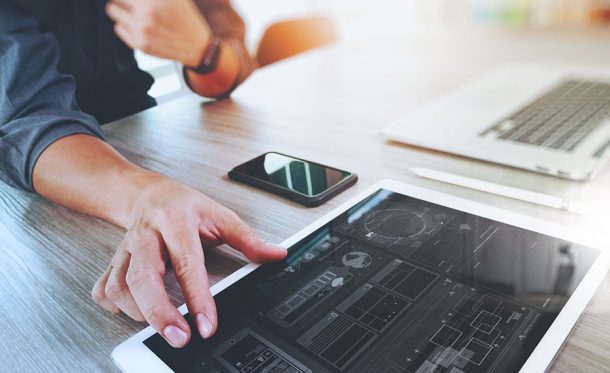They say it’s all in the little details, no matter how small they might seem, just a little change can really make the difference. In the case of mobile devices, there are features that make a better experience for Android users.

With the new gesture navigation system introduced in Android P, the ways we interact with our Android phones are more than likely to change from now on, as Google had been using the three-button navigation bar for years.
Google understood they needed a change to do things less complicated. Making devices and apps more comfortable to use, more intuitive in terms of In-app gestures and animations or creating a different experience are extremely important for a better development.
Back to the basics: UI and UX
User Interface (UI) and User Experience (UX) must be always present in the mind of a developer. We’ve associated these two terms with aspects like usability and design but now is beyond that.
As we’ve seen, Android release an OS which makes smartphones “smarter”, and with this statement, they’re looking to facilitate the use of this kind of devices and give users an even more personalized experience.
Both Google and Android developers, need to provide experiences beyond what users expect to keep them engaged. In-app gestures and animation along with full-screen experience are aspects worth to consider to enhance our app´s UI and UX.
In-app gestures and animations
We all know how powerful gesture-driven user interfaces can be because they (should) provide a natural and intuitive way of interaction, by making users understand what they are supposed to do and eliminating any kind of possible confusions.
From swiping and tapping to spreading and pressing, these are all gestures that contribute to the user experience, but they also need animations to generate that interactivity we are talking about. So, every gesture must be accompanied by a reaction, a sort of feedback to tell us whether we are making it right or not.
To do this simply understandable is one of the greatest achievements of every app and mobile OS.
Full-Screen Experiences
The full-screen mode maximizes the use of the device’s screen. This feature allows developers engaging users by eliminating all distraction from the screen when they’re using the app.
Before taking the leap to enable the full-screen experience, it’s important to think if it is a good idea to have it implemented into our apps, because not all of them need an extra space and some users might be interested in keeping a quick access to the navigation system.
Based on the app characteristics, Android gives developers three full-screen options:
- Lean Back: For apps that don’t need too much interaction, users can tap the screen anywhere to bring the navigation system back.
- Immersive: For apps with a lot of interaction, users can swipe up from any edge to bring back the navigation system.
- Sticky Immersive: Similar to the “immersive” mode, but with the slight difference of making appear the navigation bar semi-transparent. It will disappear if there is no interaction or if the user taps the screen outside the system bar.
The main objective of having the full-screen mode is giving users an immersive experience without complicating their interaction.
Wrapping up
Users are as important as always. When you develop an app you could be so involved in the process that you might be forgetting that you´re building it for them and not only for you, because at the end of the day, they help you find success.
Luckily, Android is already implementing features to facilitate developers the integration of new options into their apps in order to improve user experience.
Tell us, What do you think about all these features and the way they are being implemented nowadays?








